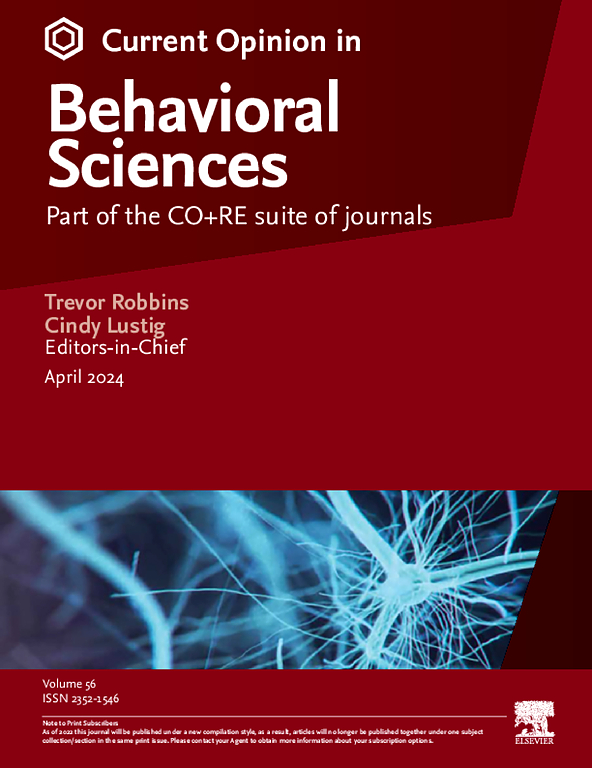QuantCrit at the intersections: a systematic review of gender and sexuality in QuantCrit research
IF 3.5
2区 心理学
Q1 BEHAVIORAL SCIENCES
引用次数: 0
Abstract
The use of QuantCrit and other approaches to centering racism in quantitative educational research has rapidly expanded. While both QuantCrit and Critical Race Theory call for intersectional analyses that account for multiple systems of marginalization, such as racism, white supremacism, genderism, misogyny, trans-antagonism, and heterosexism, gender and sexuality have tended to be emphasized less often. As a result, our research questions concerned whether and how QuantCrit researchers took up gender and sexuality in their work. We found that most authors relied on large-scale datasets, which limited their ability to critically engage with these concepts. We further found that when authors engaged gender, they most often conflated gender and legal sex. We further found relatively few examples that considered sexuality at all. We offer recommendations for QuantCrit scholars to better account for gender and sexuality and the intersecting systems of oppression that overlap at LGBTQ+ social locations.
交叉点上的QuantCrit:对QuantCrit研究中性别和性行为的系统回顾
QuantCrit和其他方法在定量教育研究中集中种族主义的使用迅速扩大。虽然QuantCrit和批判种族理论都要求对多种边缘化系统进行交叉分析,如种族主义、白人至上主义、性别主义、厌女症、跨性别对抗和异性恋主义,但性别和性行为往往较少被强调。因此,我们的研究问题涉及QuantCrit的研究人员是否以及如何在他们的工作中涉及性别和性行为。我们发现大多数作者依赖于大规模的数据集,这限制了他们批判性地参与这些概念的能力。我们进一步发现,当作者提到性别时,他们通常会将性别和法律上的性别混为一谈。我们进一步发现,涉及性的例子相对较少。我们为QuantCrit学者提供建议,以更好地解释性别和性行为,以及在LGBTQ+社会场所重叠的交叉压迫系统。
本文章由计算机程序翻译,如有差异,请以英文原文为准。
求助全文
约1分钟内获得全文
求助全文
来源期刊

Current Opinion in Behavioral Sciences
Neuroscience-Cognitive Neuroscience
CiteScore
10.90
自引率
2.00%
发文量
135
期刊介绍:
Current Opinion in Behavioral Sciences is a systematic, integrative review journal that provides a unique and educational platform for updates on the expanding volume of information published in the field of behavioral sciences.
 求助内容:
求助内容: 应助结果提醒方式:
应助结果提醒方式:


